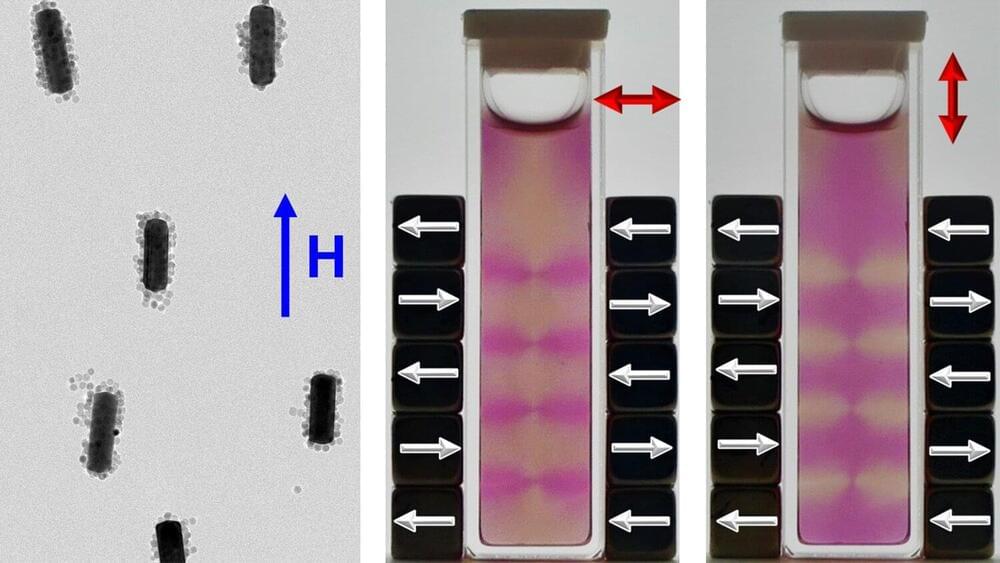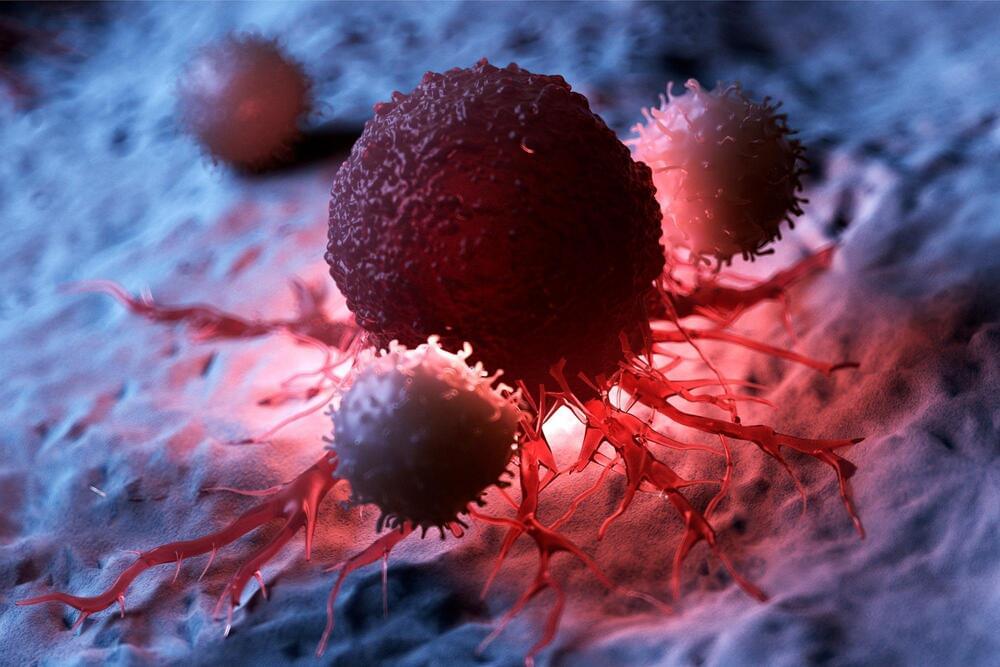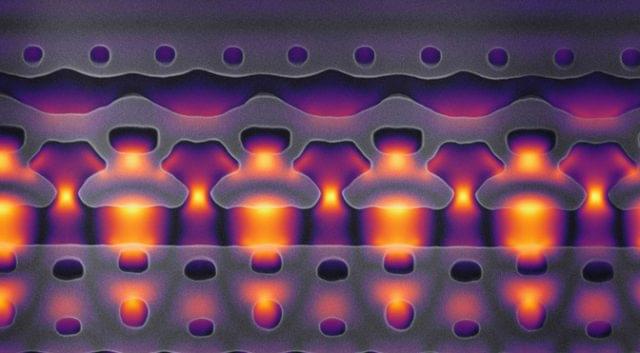Quantum computers are one of the key future technologies of the 21st century. Researchers at Paderborn University, working under Professor Thomas Zentgraf and in cooperation with colleagues from the Australian National University and Singapore University of Technology and Design, have developed a new technology for manipulating light that can be used as a basis for future optical quantum computers. The results have now been published in Nature Photonics.
New optical elements for manipulating light will allow for more advanced applications in modern information technology, particularly in quantum computers. However, a major challenge that remains is non-reciprocal light propagation through nanostructured surfaces, where these surfaces have been manipulated at a tiny scale.
Professor Thomas Zentgraf, head of the working group for ultrafast nanophotonics at Paderborn University, explains that “in reciprocal propagation, light can take the same path forward and backward through a structure; however, non-reciprocal propagation is comparable to a one-way street where it can only spread out in one direction.”









